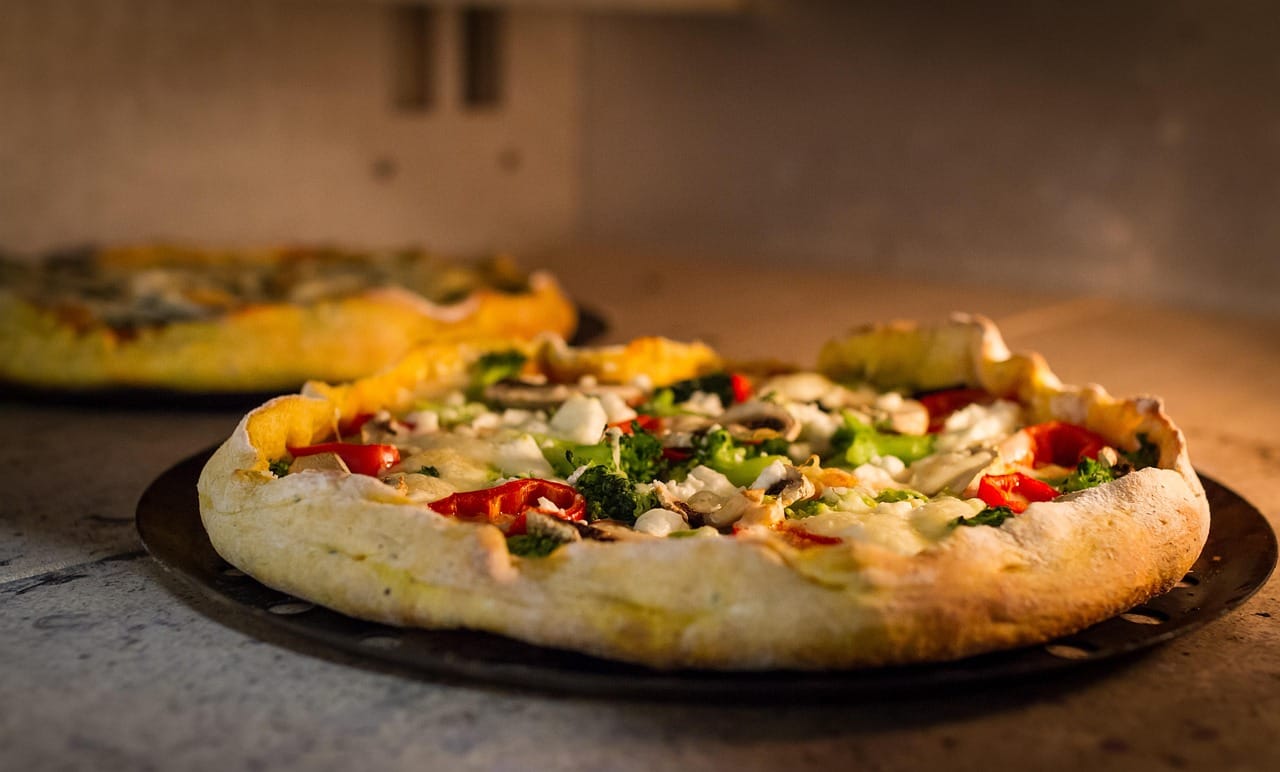The aroma of spices hangs in the air, a symphony of flavors dances on your tongue, and a story unfolds with every bite. Exploring cultural food isn’t just about satisfying hunger; it’s an immersive journey into the heart of a society, a glimpse into its history, traditions, and values. From the bustling street food stalls of Bangkok to the intimate family kitchens of Italy, cultural cuisine offers an unparalleled opportunity to connect with the world on a deeply personal level. Let’s delve into the fascinating world of cultural food and discover its power to educate, unite, and enrich our lives.
Why Exploring Cultural Food Matters
A Taste of History and Tradition
Cultural food acts as a living archive, preserving and transmitting culinary traditions across generations. Recipes passed down through families often carry stories of migration, adaptation, and resourcefulness.
- Example: Consider the history of gumbo in Louisiana. This iconic dish reflects the cultural fusion of African, European, and Native American influences, utilizing ingredients and cooking techniques from each group. The inclusion of okra, a staple in West African cuisine, demonstrates the enduring impact of the transatlantic slave trade on American foodways.
- Actionable Takeaway: Research the historical roots of your favorite cultural dish. Understanding its origins can deepen your appreciation for its significance and cultural impact.
Understanding Cultural Values
Food preferences and culinary practices often reveal deeply held cultural values and beliefs. The way a society produces, distributes, and consumes food can reflect its social structure, religious customs, and environmental concerns.
- Example: In many East Asian cultures, meals are shared communally, with multiple dishes placed in the center of the table for everyone to enjoy. This practice emphasizes the importance of community, sharing, and interdependence. The focus isn’t just on individual consumption but on the collective experience of eating together.
- Actionable Takeaway: Observe the dining customs of different cultures. How does food relate to social interactions and relationships?
Promoting Cultural Exchange and Understanding
Exploring cultural food can break down cultural barriers and foster empathy and understanding. Sharing a meal is a powerful way to connect with people from different backgrounds, learn about their experiences, and build bridges of understanding.
- Example: Attending a cultural food festival or participating in a cooking class focused on a specific cuisine can provide immersive experiences that promote cross-cultural understanding. These events often feature traditional music, dance, and crafts, offering a holistic glimpse into a culture’s heritage.
- Actionable Takeaway: Seek out opportunities to engage with different cultures through food. Attend festivals, visit ethnic restaurants, or participate in cultural exchange programs.
Benefits of Trying New Cultural Foods
Broadening Your Palate
Exploring new cultural foods introduces you to a wider range of flavors, textures, and ingredients, expanding your culinary horizons.
- Variety: From the fiery spices of Indian curries to the delicate umami of Japanese sushi, the possibilities are endless.
- Enhanced Sensory Experience: New flavors stimulate your taste buds and challenge your preconceived notions about food.
- Actionable Takeaway: Start small by trying one new dish each week. Gradually expand your culinary repertoire.
Nutritional Advantages
Many cultural cuisines incorporate fresh, whole ingredients and traditional cooking methods that are inherently healthy.
- Example: The Mediterranean diet, known for its emphasis on fruits, vegetables, whole grains, and olive oil, has been linked to numerous health benefits, including reduced risk of heart disease and certain cancers.
- Example: Many Asian diets prioritize fermented foods like kimchi and miso, which are rich in probiotics that promote gut health.
- Actionable Takeaway: Pay attention to the ingredients and cooking methods used in different cultural cuisines. Choose options that are nutrient-rich and minimally processed.
Supporting Local Businesses and Communities
Patronizing ethnic restaurants and food businesses supports local entrepreneurs and helps preserve cultural traditions.
- Economic Impact: Supporting these businesses contributes to the local economy and creates jobs within the community.
- Cultural Preservation: By valuing and celebrating diverse cuisines, we help ensure that these traditions are passed on to future generations.
- Actionable Takeaway: Make a conscious effort to support local ethnic restaurants and food vendors in your community.
Navigating the World of Cultural Food
Research and Exploration
Before embarking on your culinary adventure, take some time to research the cuisine you’re interested in.
- Resources: Consult cookbooks, travel guides, online forums, and blogs dedicated to cultural food.
- Preparation: Familiarize yourself with common ingredients, cooking techniques, and dining etiquette.
- Actionable Takeaway: Start with cuisines that align with your current taste preferences and gradually explore more adventurous options.
Respectful Dining
Approach cultural food with an open mind and a willingness to learn.
- Etiquette: Be mindful of local customs and traditions. Research dining etiquette beforehand.
- Communication: Ask questions and engage with the staff or owners to learn more about the food and its cultural significance.
- Actionable Takeaway: Show respect for the culture by trying to pronounce the names of dishes correctly and by expressing your appreciation for the food.
Authentic Experiences
Seek out authentic dining experiences by visiting restaurants that are run by people from the culture you’re exploring.
- Atmosphere: Look for restaurants that create an immersive atmosphere, with décor, music, and staff that reflect the culture.
- Ingredients: Inquire about the sourcing of ingredients. Are they locally sourced or imported from the country of origin?
- Actionable Takeaway: Don’t be afraid to venture off the beaten path and try smaller, less well-known establishments.
Cooking Cultural Food at Home
Start with Simple Recipes
Begin with beginner-friendly recipes that use readily available ingredients.
- Resources: There are countless cookbooks and online resources that offer simplified versions of classic cultural dishes.
- Example: Start with a basic stir-fry from Chinese cuisine or a simple tomato sauce from Italian cuisine.
- Actionable Takeaway: Master a few basic recipes before moving on to more complex dishes.
Embrace Ingredient Substitutions
Don’t be afraid to experiment with ingredient substitutions if you can’t find the exact ingredients called for in a recipe.
- Creativity: Use your knowledge of flavors and textures to find suitable alternatives.
- Example: If you can’t find lemongrass for a Thai curry, try using lemon zest and ginger.
- Actionable Takeaway: Research common ingredient substitutions online or consult with experienced cooks.
Embrace Imperfection
Don’t expect your first attempt to be perfect. Cooking cultural food is a journey of learning and discovery.
- Patience: Be patient with yourself and don’t get discouraged if things don’t turn out exactly as planned.
- Enjoyment: Focus on the process of cooking and enjoying the flavors of the food.
- Actionable Takeaway: Treat each cooking experience as an opportunity to learn and improve your skills.
Conclusion
Exploring cultural food is more than just a culinary adventure; it’s a journey of discovery that broadens your palate, deepens your understanding of different cultures, and connects you with people from all walks of life. By embracing the diversity of global cuisine, we can foster greater empathy, appreciation, and respect for one another. So, step outside your comfort zone, try something new, and embark on a culinary journey that will enrich your life in countless ways. Happy eating!




